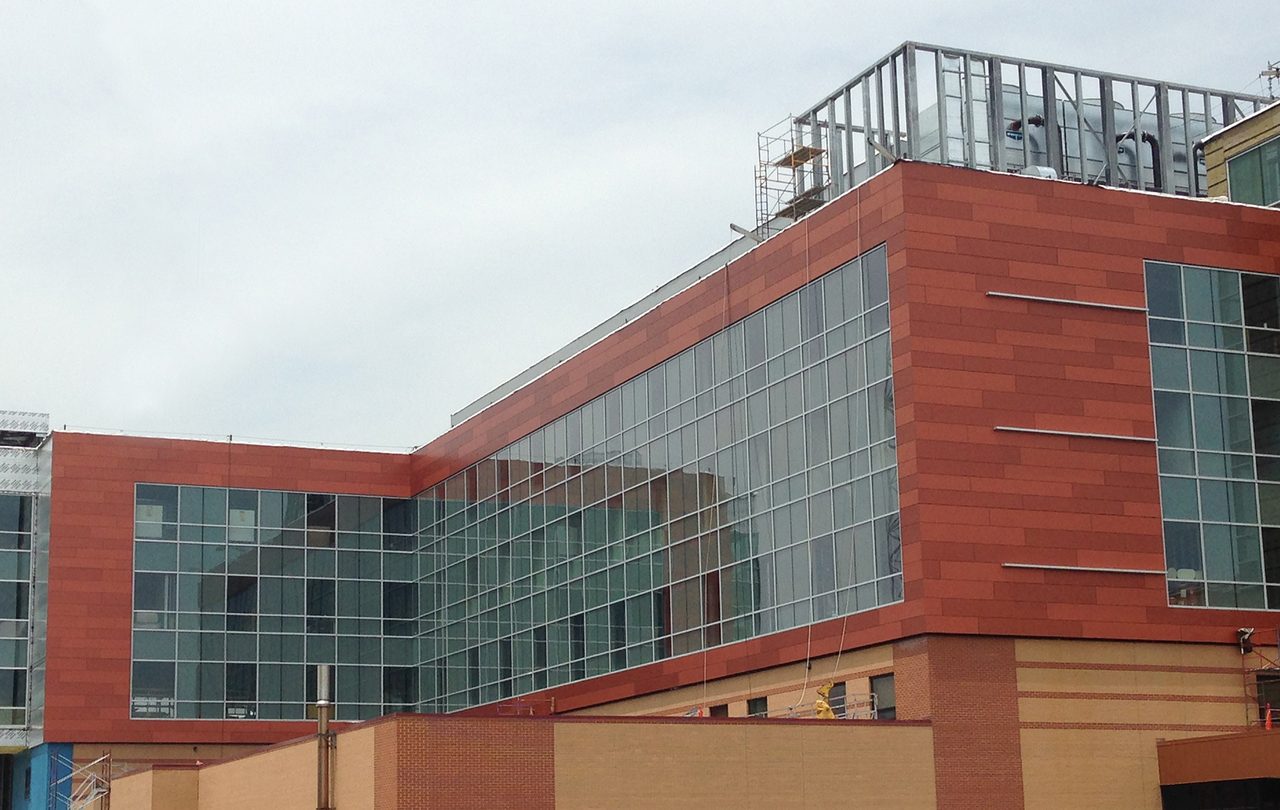Weather-resistant barriers play a crucial role in the protection and energy efficiency of today’s commercial buildings. Weather resistant barriers can both protect a structure’s walls from air and water infiltration and keep moisture from accumulating in the wall systems. High quality weather-resistant barriers are not only air-resistant, but also prevent moisture and vapor. This can ensure that a commercial building remains energy-efficient and protected by barriers, such as asphalt-felt, Grade D building paper and plastic building wrap.
Toward the end of the 1990s, environmental concerns and rising fuel costs led to a need for more energy-efficient structures. This is where weather-resistant barriers first became popular. However, it was not a smooth transition at first. The original designs of weather-resistant barriers were airtight but were not permeable. Since they were not permeable, moisture was trapped in the walls, leading to rot and mold. This made it obvious that weather-resistant barriers needed to be vapor permeable, which would let water escape from wall systems and prevent deterioration or damage to the building.
Over the years, studies have shown that moisture damage plays a significant role in the premature deterioration of buildings. However, moisture problems can be significantly reduced if the proper design is utilized, and construction of the exterior wall is performed correctly.
Beyond providing an appeasing aesthetic look, a building’s exterior is primarily a weather barrier. The cladding serves as the first line of defense in protecting a building’s occupants from the outdoor elements. Although, regardless of how tightly sealed the cladding is, moisture can often make it through gaps and small crevices. Any moisture can cause issues that can affect the durability, indoor air quality and thermal efficiency of a building. After the cladding, weather-resistant barriers are the second line of defense against moisture entering a building.
Moisture trapped between the sheathing and exterior cladding can cause sheathing to deteriorate over time. To prevent this from happening, construction crews should use a systematic approach to moisture management to keep water from reaching the sheathing or framing. This can include using water-deflecting components such as exterior claddings and overhangs. However, it is just as important to install an integrated weather resistant barrier and flashing system that can assist in protecting the building from air and moisture intrusion.
Moisture exposure over a long period of time can also lead to mold growth, which can have a negative effect on the indoor air quality. Often overlooked, normal day-to-day activities inside a commercial building, including cooking at a restaurant or washing sheets daily at a hotel, can produce moisture vapor that may cause problems if trapped inside the wall cavity.
It is easy to confuse weather-resistant barriers with water-resistant barriers. The difference is that water-resistant barriers provide a wall that keeps only water from entering behind the exterior wall veneer.
Besides being air- and moisture-resistant, as well as vapor permeable, a high-quality weather-resistant barrier should be UV resistant and have a high tear strength. Plus, it should be easy to install and meet building code requirements for water resistance.
When designing these wall assemblies, the builder and manufacturer should also ensure that the wall system meets all applicable fire codes. The International Building Code typically requires National Fire Protection Association testing with combustible materials on exterior wall assemblies of buildings that stand more than 40-feet tall.
All photos courtesy of MKB Construction, Inc.
"Across the country, concerns about moisture and weather damage have led to an increase in weather-resistant barriers being used in construction..."
